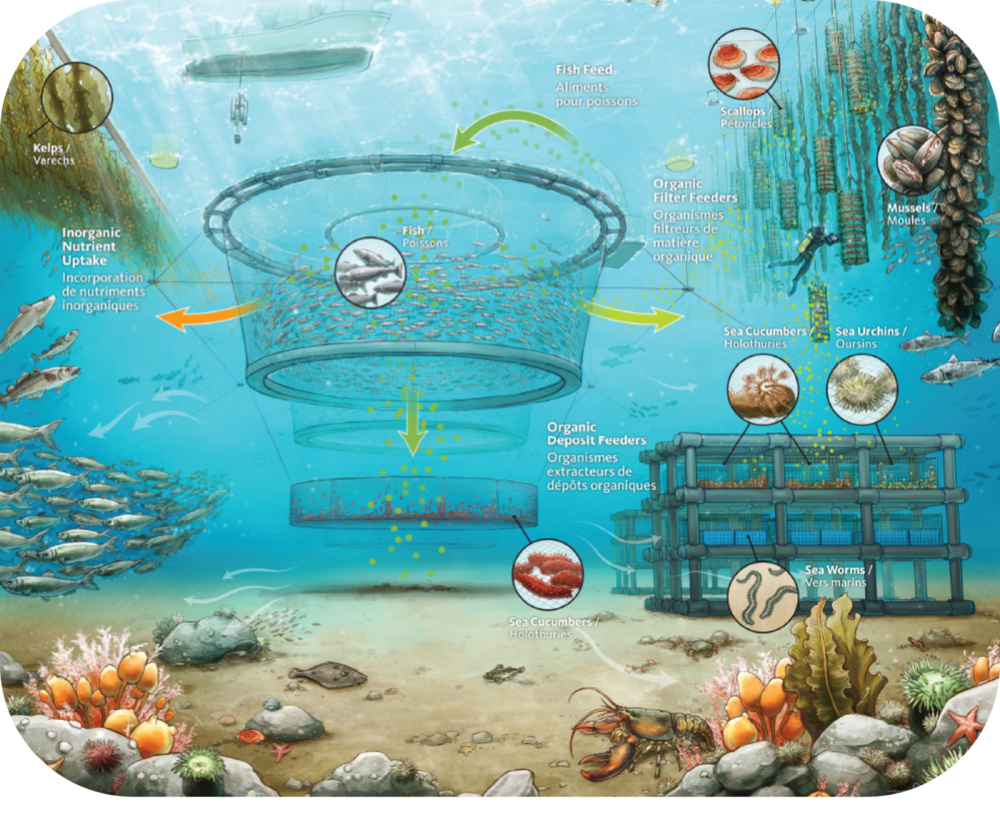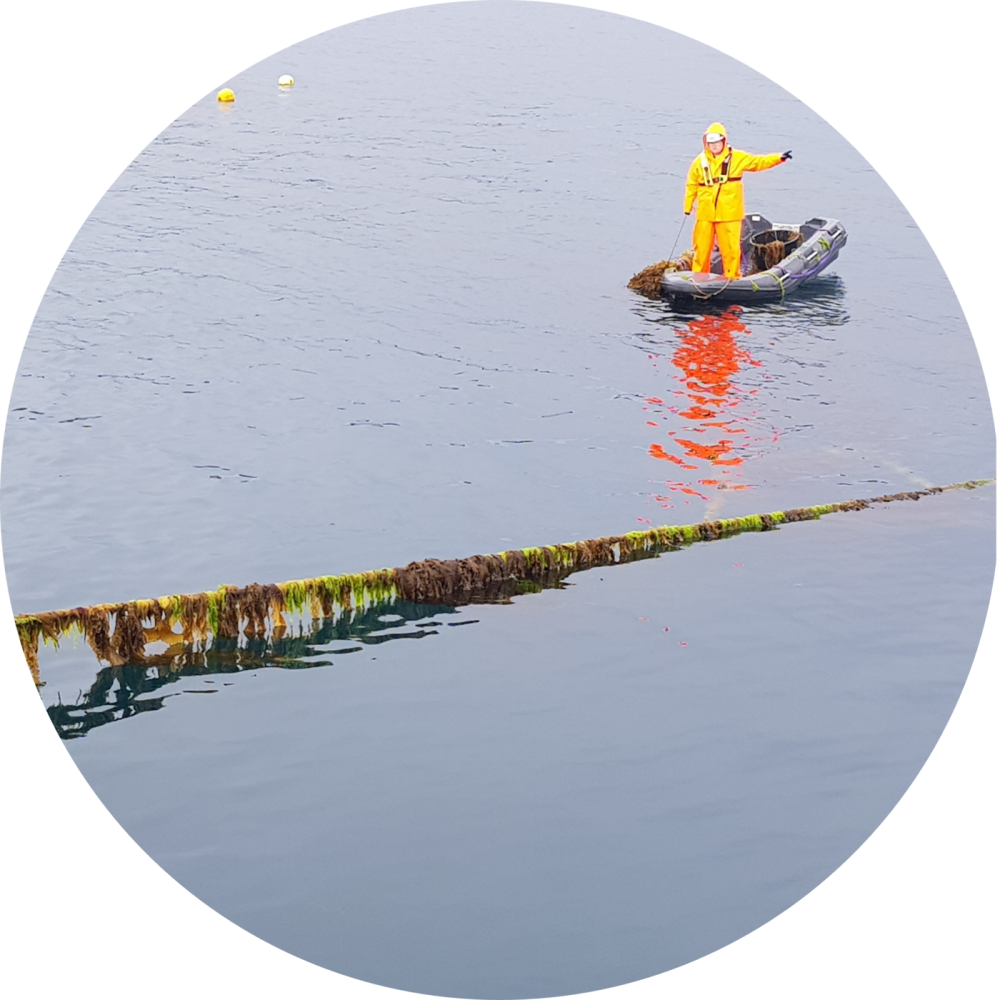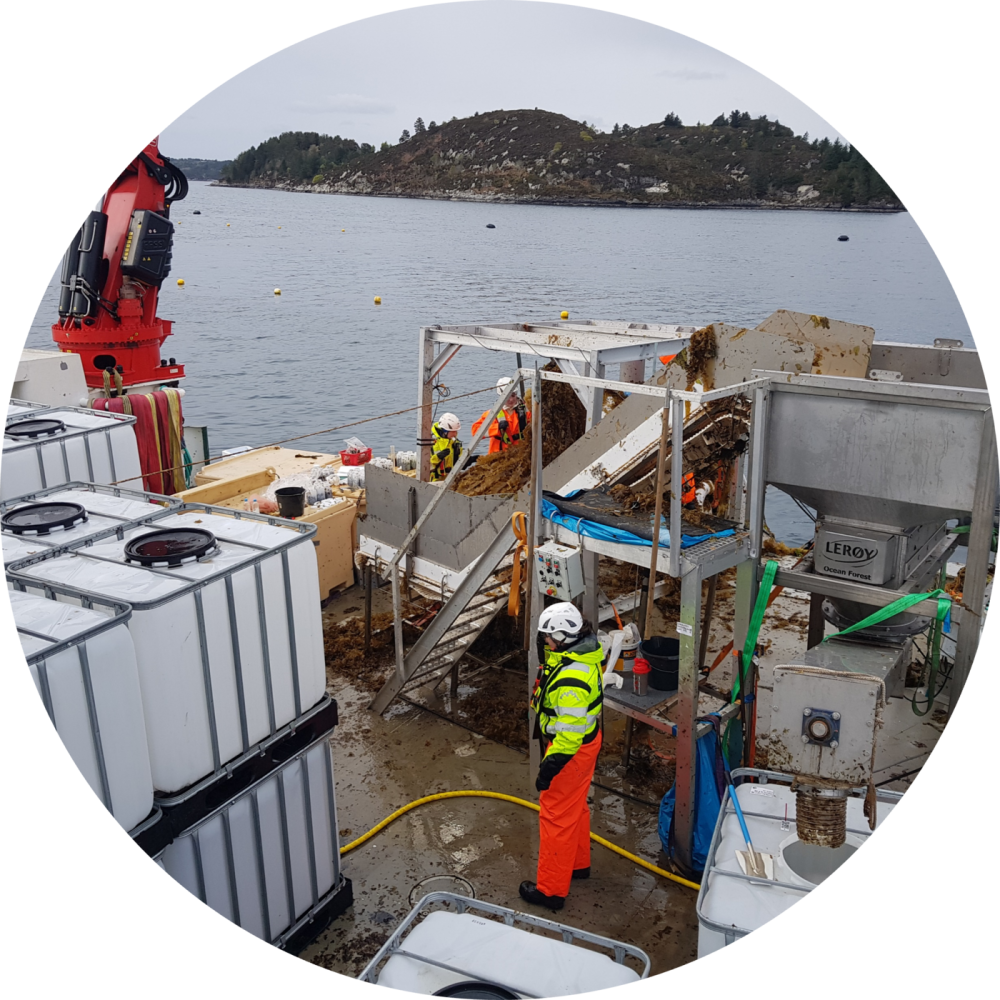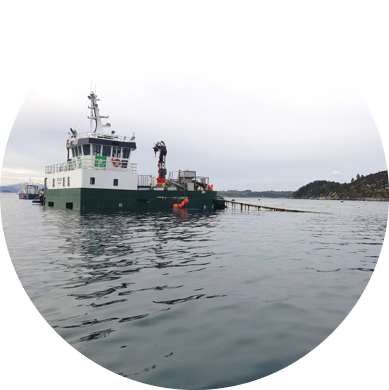#BlueRevolution - Time to take the plunge
The Fish & Seafood sector provides a historically favorable opportunity. Valuations are at the same level as 2013/2014, while companies have been able to strengthen their positions.
Integrated Multi-Trophic Aquaculture (IMTA) describes a breeding system in fish farming with largely closed cycles, in which the by-products of a species are used as a food source for subordinate species. As shown, ideally a large number of coordinated species are used that recycle waste materials throughout the year, living in a biological equilibrium. This ultimately ensures healthier bodies of water.
The concentration of foreign bodies in the water, which have been introduced by humans in the context of fish farming or also through agricultural and industrial activities along rivers, can therefore be reduced to their original level again.
Environmental disasters, such as algae blooms, become less likely due to the lower nutrient content in the water. And the fish farmers themselves benefit from a broader product range and less dependence on fish feed.
Despite the advantages of the IMTA concept, we are still many years away from its practical implementation - mainly because of the need to master each species separately before starting combining them. However, promising progress can already be seen in this regard. With cod, halibut, yellowtail kingfish and barramundi, not only are numerous new saltwater fish approaching commercial maturity, there are also ambitious growth plans for mussels and seaweed, which are particularly important for bioremediation.

During a visit to Lerøy Seafood Group ASA in May 2022, organised by FAIRR as part of their Aquafeed Engagement, we were able to observe the company harvesting seaweed this year and ask them about their plans for algae farming. What a lot of people do not know: The salmon farmer Lerøy is also Europe’s largest producer of algae, with an annual production volume of around 300 tonnes of domestic Sugar Kelp. In an international comparison, where around 30 million tonnes of the new raw material are already being produced, mainly for the Asian market, this is a tiny amount, but if Lerøy has its way, it will not stay that way for much longer. By 2030, the company plans to expand production to around 100,000 tonnes, which roughly corresponds to a doubling in each of the next eight years. Compared to Lerøy’s current salmon production of just under 186,000 tonnes, this is an honourable target, we think.

The reason for the still significantly lower cultivation quantities in Europe is primarily to be found in the different demand behaviour in the two regions. While algae in Asia often ends up on the dinner table (and friends of algae salad and algae chips know that it can be quite tasty), European algae is currently only used as animal feed. As an additive in pig feed, algae contribute, for example, to a better intestinal flora and reduced mortality in weaning sows. And they also create added value in cattle feed by reducing the methane emissions from cows by up to 30%. Nevertheless, the cultivation of algae is currently still a loss-making business, which Lerøy subsidises with NOK 15-20 million annually.

To ensure that this does not remain that way, a number of things will have to change in the future. Sales prices should be increased in the future through increasing human consumption of the algae or also through an increased appreciation of reduced methane emissions. Harvesting and processing should be further automated and scaled through the continued development of application-specific machines, which Lerøy is already working on at full speed. New methods could be developed to make algae last longer. And regulations that currently do not sufficiently differentiate between salmon farms and algae farms should be adjusted so that the farms complement each other instead of competing in the future. New areas of application in CO2 compensation, in the energy sector and even in the construction industry offer additional potential in the long-term. In any case, the possible uses of algae are diverse and we are just beginning to use them for ourselves.
At the end of the trip, the impression remained that algae farms in Europe do have potential, at least in the medium term. For Bonafide, Lerøy has therefore shown foresight with its Ocean Forest and demonstrated that sustainability remains high on the company’s agenda. Algae as part of the seafood value chain is an exciting topic for us - it is for good reason that we have been investing in the algae business through Taokaenoi Food & Marketing PCL since 2019. We will continue to keep close watch on the development of the industry in the future and eagerly await the day when we can enjoy emission-free salmon.
What do you think about the potential of algae? We would be happy to talk to you personally about this exciting topic. Do not hesitate to contact us.

Comments